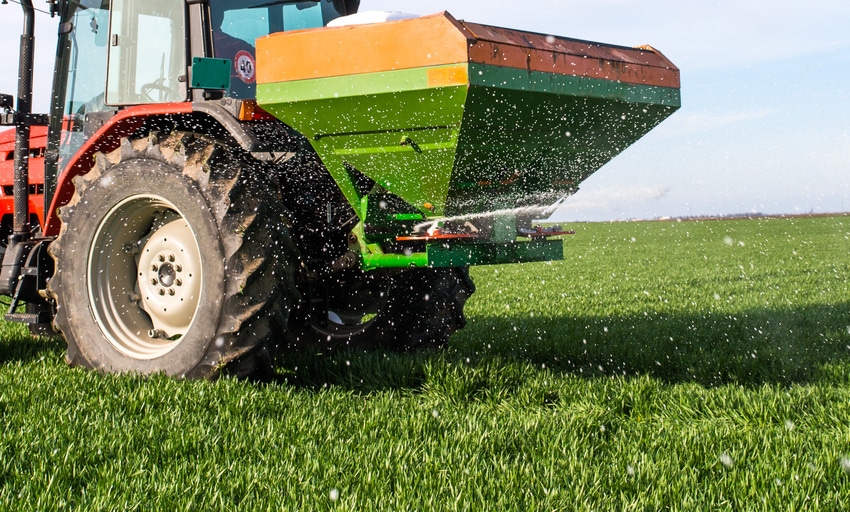
Lately I've been remembering an agronomist I heard tell a crowd several years back the only way to increase forage production is with added nitrogen, phosphorus and potassium.
As I've been studying and writing for the June soil health issue of Beef Producer the past couple weeks, the man's words really ring hollow in my head.
Here's why: Over the past five or so years, I've learned much more about intensive grazing and how to build soil health from the people doing it on the ground, and I've seen a few scientists begin to define why certain management practices are successful.
The short explanation is that forage growing in combination with thriving soil life can actually "mine" everything it needs from the soil and the air and then share it among most or all members of the forage-soil community.
In my June editorial for the magazine I explained that the five principles of soil health commonly listed by NRCS for farmland also apply to management of pastures.
Those five soil health principles are:
1. Keep the soil covered.
2. Minimize soil disturbance.
3. Maximize living roots as long as possible through the year
4. Energize the life cycles with diversity
5. Integrate livestock using controlled grazing
Here's how I recently converted them to four grassland management guidelines.
1. Improve soil thatch coverage and eliminate bare ground.
2. Improve plant cover and quality.
Encourage multiple species versus one or a few.
Favor perennial plants rather than annuals.
Manage for the most productive plants, which need longer recovery.
3. Keep plants growing as many months as possible.
4. All this is accomplished with adaptive, multi-paddock grazing, preferably with variations of high-stock-density grazing.
Only if you gain control of your stock and the timing and access of their grazing can you achieve these things. Properly grazed plants, which are grazed and then allowed full recovery, do a better job converting sunlight to carbohydrates. The excess carbs can then be traded in the underground marketplace of soil life.
Cattle can be managed to improve soil health and meet their own needs such that everything benefits and the operation becomes more profitable.
About the Author(s)
You May Also Like




